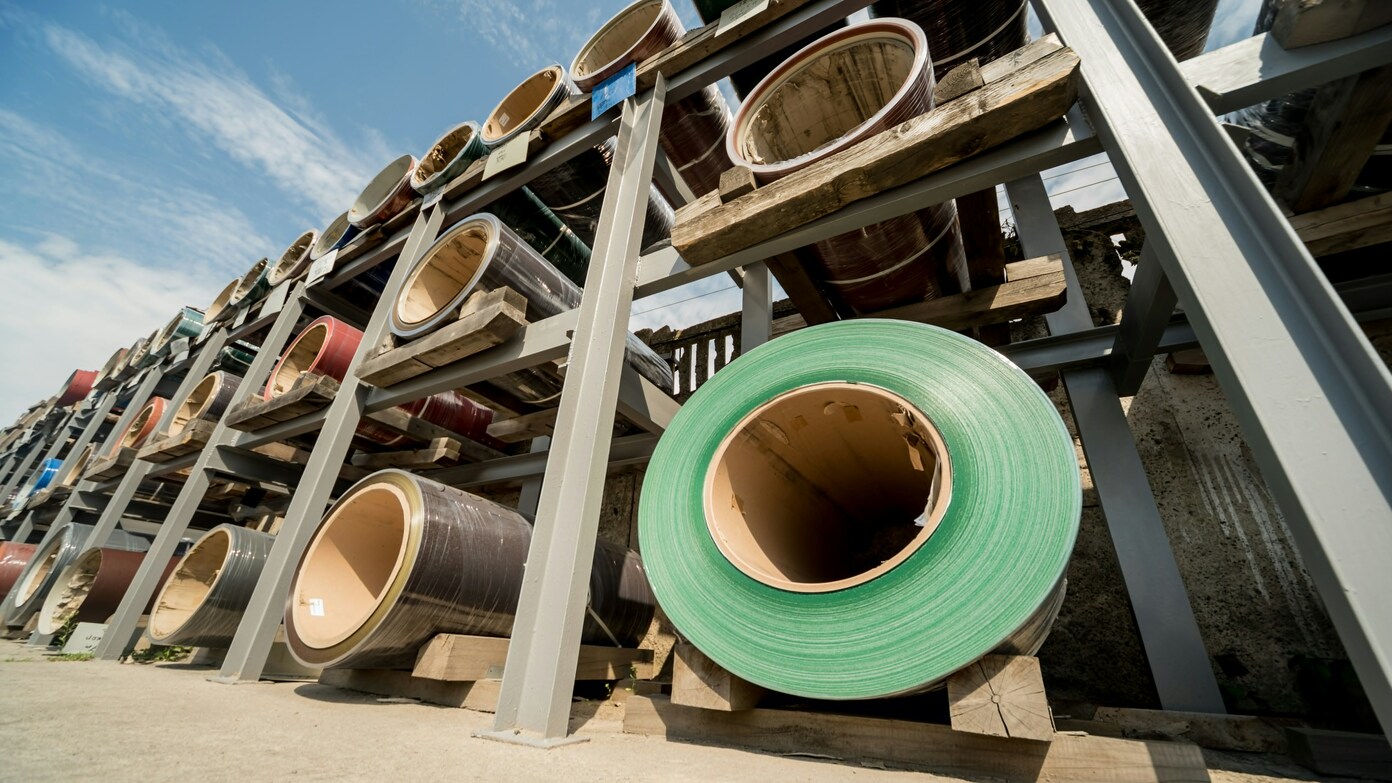Light and durable, aluminum is a multi-purpose metal used across many industries, such as aerospace, automotive, building, and packaging. The investment attractiveness of the metal to investors lies in its recyclability and versatility, making it a diversification target of choice.
Aluminum as a commodity
Its extensive application is due to its exceptional properties: light weight, corrosion resistance, and satisfactory conductance. These properties have established it in transport and infrastructure applications. Further, the fact that aluminum can be recycled without compromising its properties renders it a favored material as per the international sustainable development agenda.
Historical performance of aluminum
Aluminum prices have been subjected to an unprecedented degree of volatility over the past three decades because of world economic trends, supply and demand patterns, and political activities.
- 1990s to early 2000s: Aluminum price in 1995 was approximately $0.80 per pound. Prices declined to approximately $0.45 per pound during the year 1998, an indicator of how much the metal is subject to the economy.
- 2000s boom in commodities: The value of aluminum began appreciating from 2003 and reached a level of $1.50 a pound in 2006. This was in line with a broader commodities boom driven by emerging economies’ industrialization, spearheaded by China.
- Global financial crisis: The 2008 financial crisis led to the price of aluminium dropping as low as around $0.60 per pound in November 2008. Prices later started rising from that level and stabilised around $1.00 per pound by April 2009.
- Current trends: Up to the end of March 2025, aluminium prices have been influenced by a range of factors, such as trade policy and the international shift towards renewable power. For instance, recent tariffs on American imports of aluminium have impacted market trends, and this has resulted in price volatility as well as the reorganisation of supply chains.
Ways of investing in aluminum
There are several ways through which investors can invest in aluminium:
- Commodity futures contracts: Speculation about future price behaviour can be undertaken through futures buying and selling of aluminium in the London Metal Exchange (LME) and other exchanges. This approach, however, requires immense experience in futures markets and is risky.
- Exchange-Traded funds (ETFs): Aluminum-tracking or industrial metals-tracking ETFs offer a simpler investment vehicle. Exposure is offered through these funds without any futures trading involvement.
- Aluminium producer stocks: Investment in firms involved in the production of aluminium, such as Alcoa and Century Aluminium, gives indirect exposure to the price of aluminum. The stocks of these firms follow the trend of the aluminium market but are also influenced by firm-specific factors.
- Contracts for Difference (CFDs): CFDs allow traders to speculate on the aluminium price movement without the need for the metal. eToro and other platforms offer CFD trading, and traders can profit in both up and down markets. Of special mention, however, is that CFD trading is a very risky venture, with a significant proportion of retail investor accounts suffering a loss.
Read this later: What are the best jobs to do in retirement to make some extra money?
Bad news from the IRS – You will now be taxed on your Venmo and PayPal payments with a new amount that decreases for…
Burger King finally listens to its customers and makes changes in 1,200 restaurants following demands from diners – This will be the big news…
This is the 1969 Lincoln penny that could be worth more than $120,000—check your garages and storage units to find numismatic gold
Aluminum price-affecting factors
There are several factors affecting aluminum prices:
- World economic health: Boom economies create the need for higher demand for aluminium, and therefore, prices go up in boom economies and down in slump economies.
- Constraints in supply: All those restrictions on the prime sources of aluminium production, i.e., politics or natural disasters, tend to anchor supply and result in higher prices.
- Cost of energy: Aluminium production is an energy-consuming process. Fluctuations in energy prices, especially electric power, impact aluminium manufacturing costs and, subsequently, aluminium prices.
- Trade agreements: Tariffs and trade agreements decide the transportation of aluminum between borders. Tariffs imposed on foreign aluminum in the recent past by the US, for example, have attempted to safeguard local producers while raising customers’ prices at the same time.
Risks and considerations
Aluminium investment, as in any commodity, carries risks associated with it:
- Price volatility: Aluminum prices will be extremely volatile based on world economic conditions, geopolitics, and technological advancements.
- Market speculation: Speculative buying and selling in anticipation of a price change can lead to price volatility irrespective of demand and supply, posing risk to investment.
- Regulatory changes: Environmental regulation and trade policy can alter the business conditions confronting aluminum producers, impacting profitability and indirectly affecting investment return.

